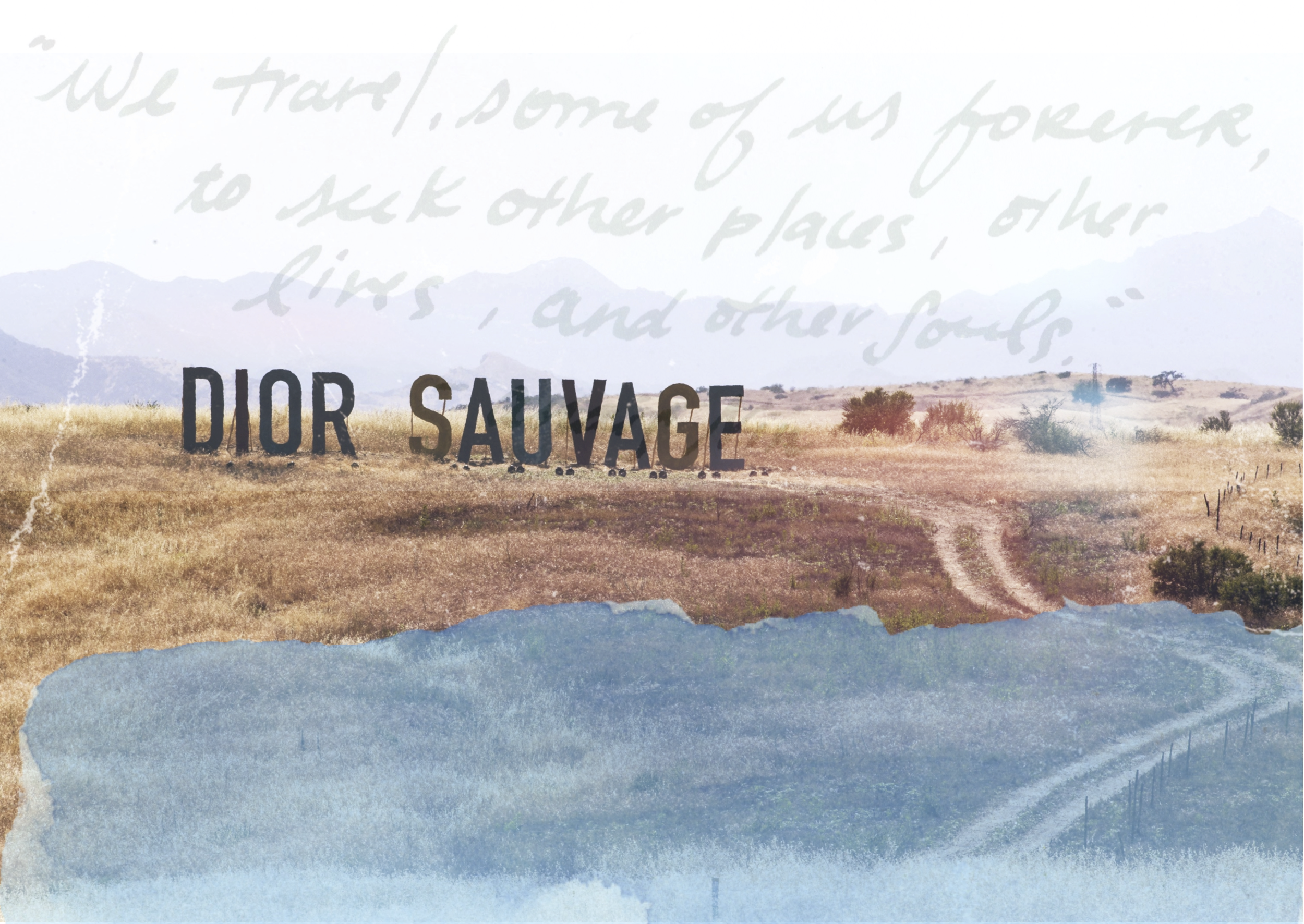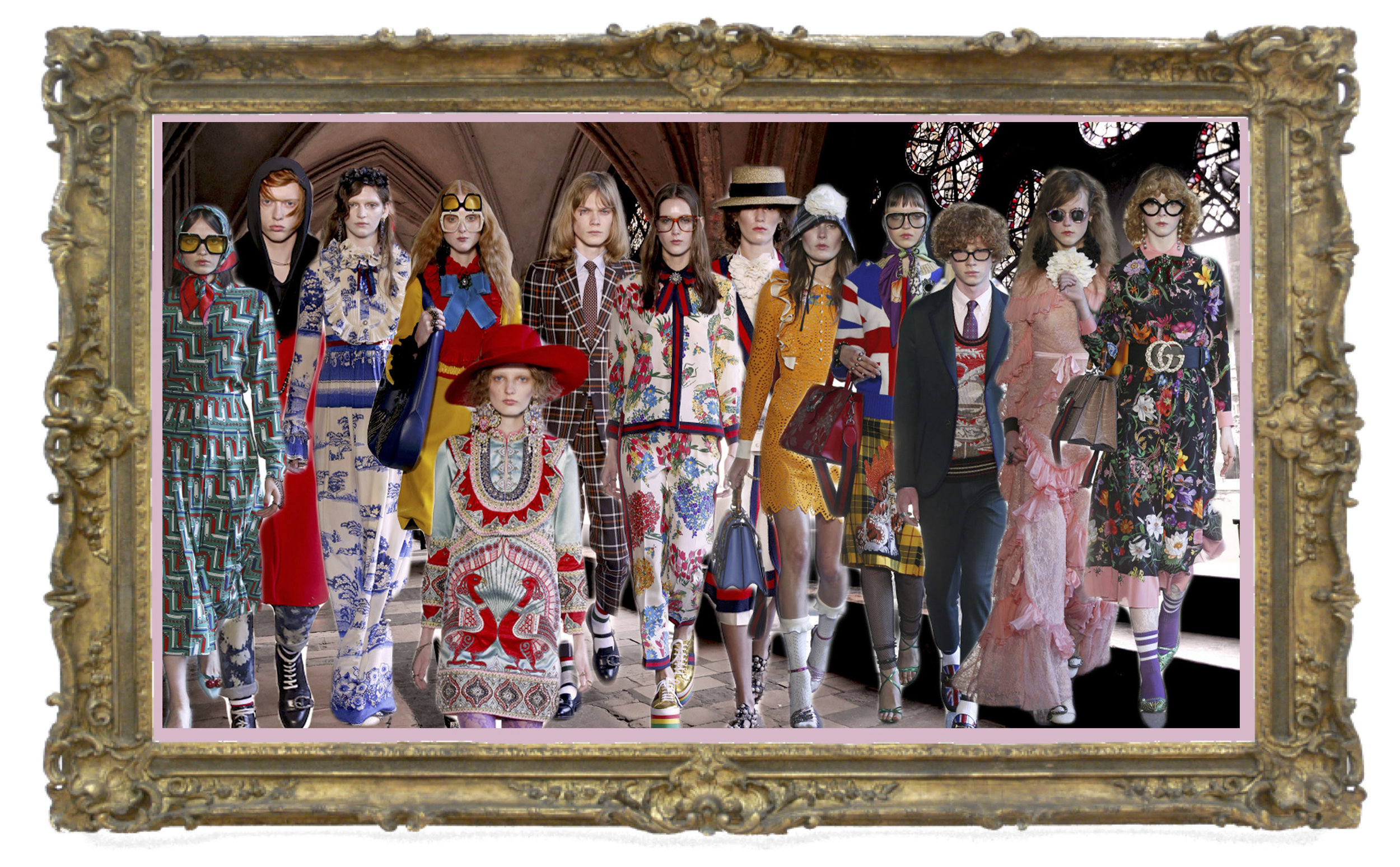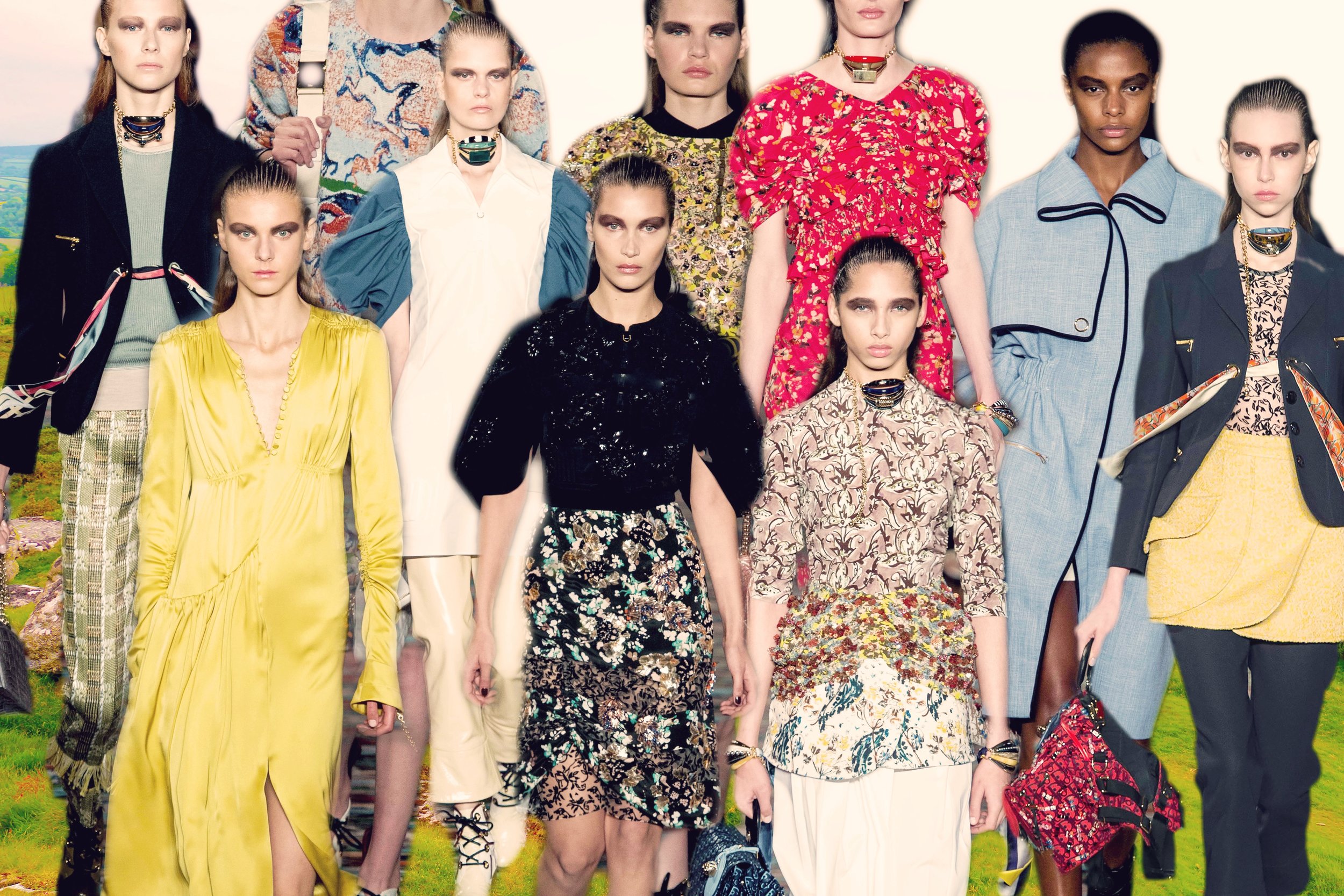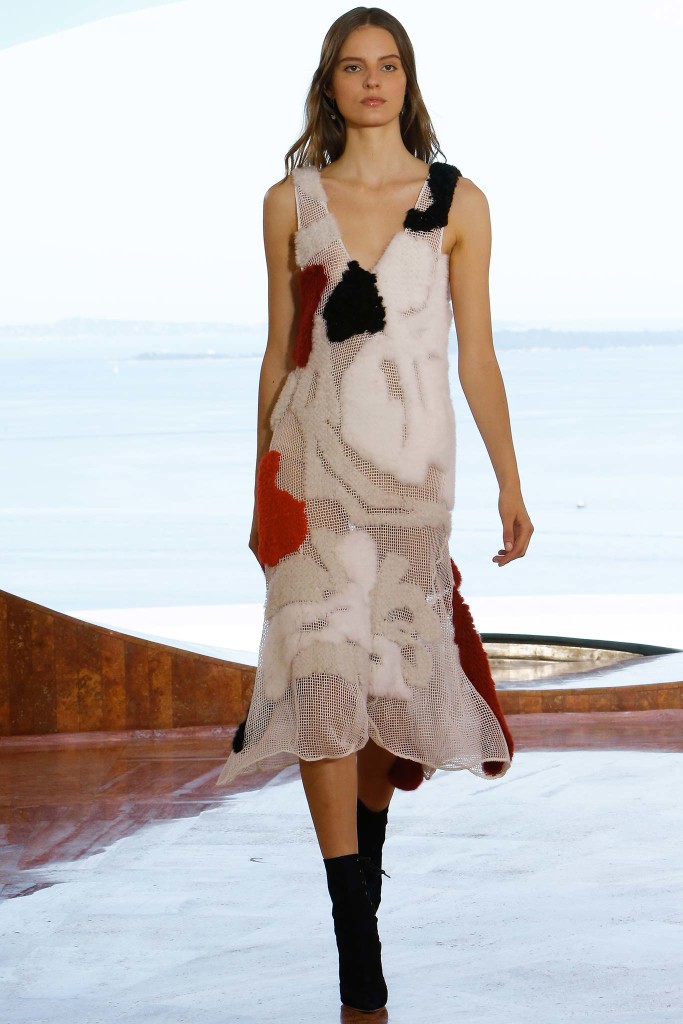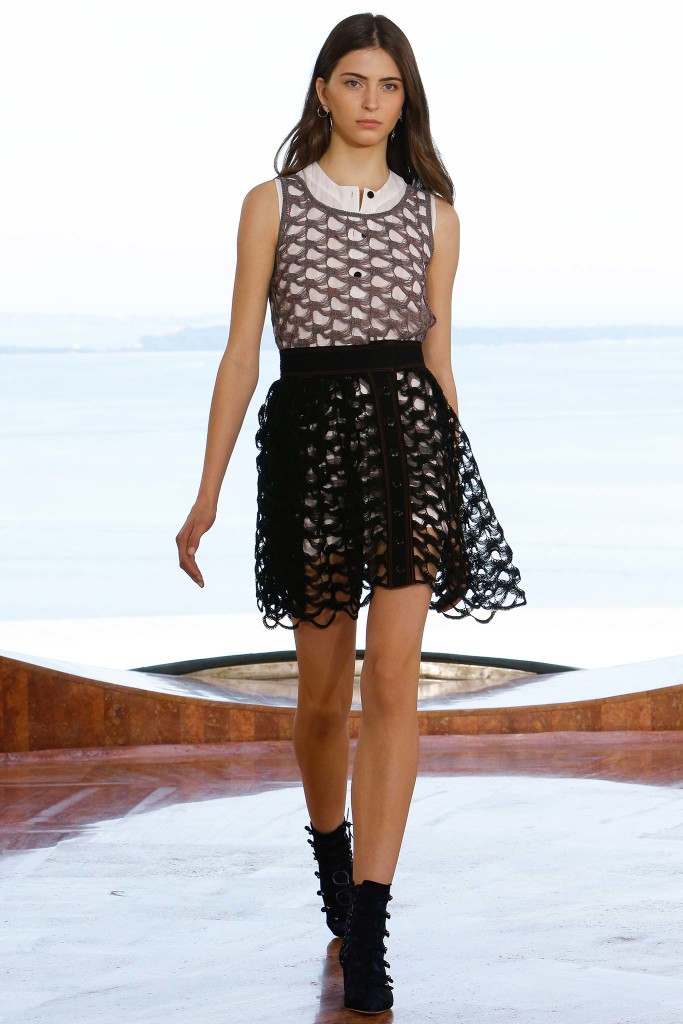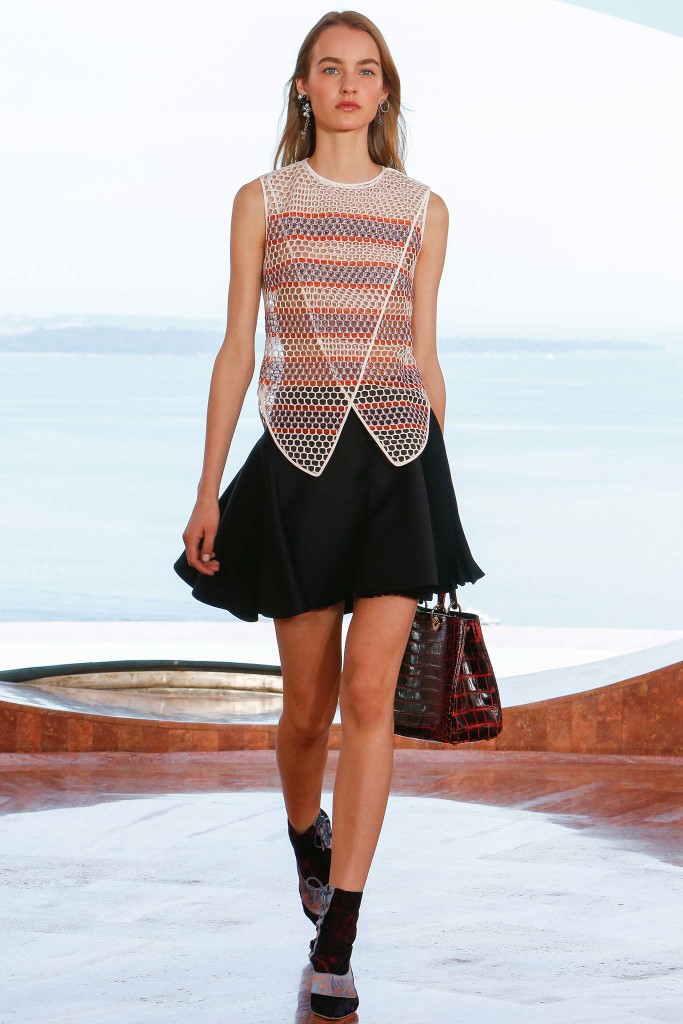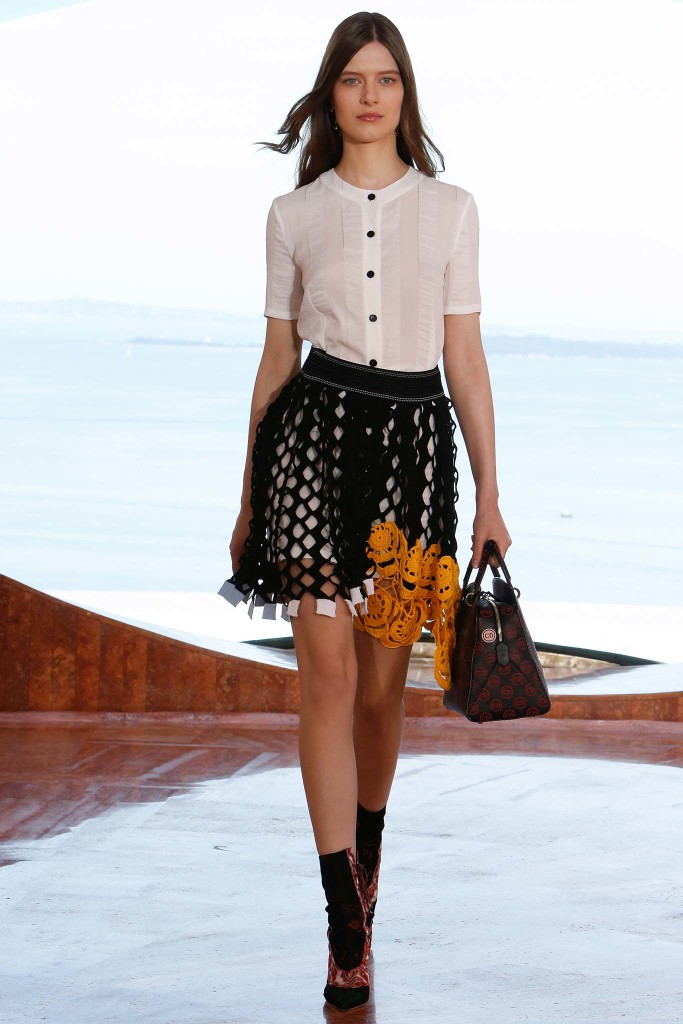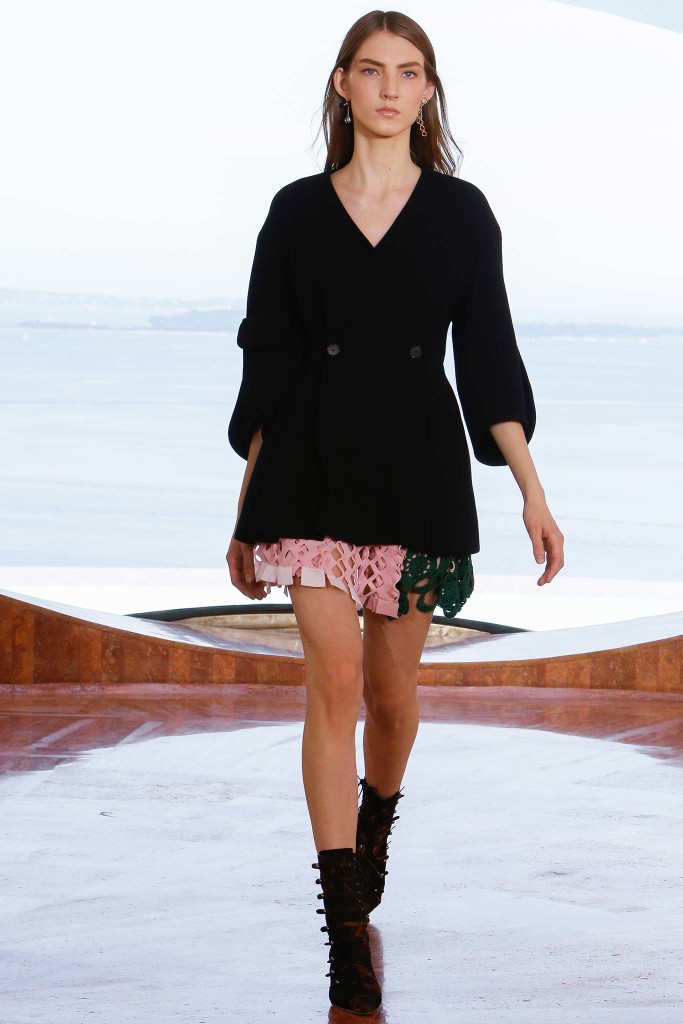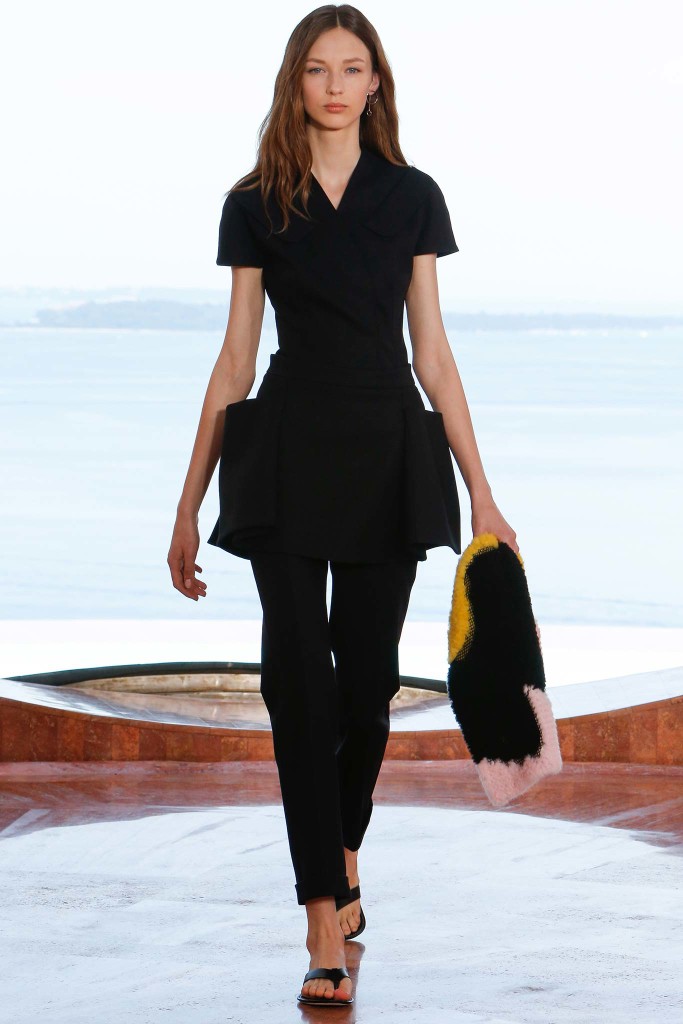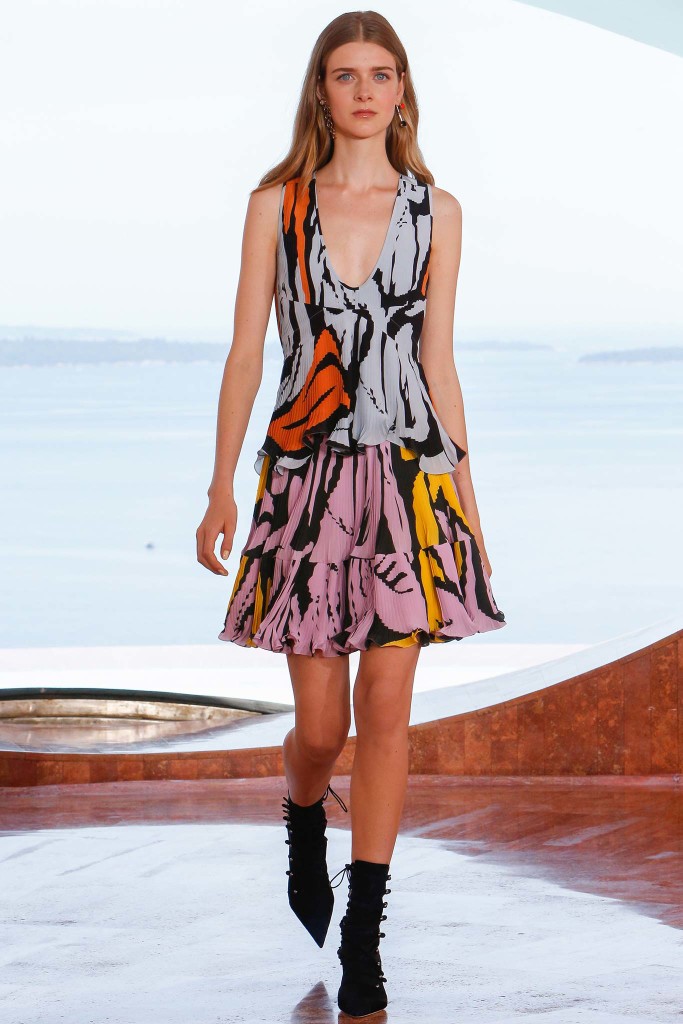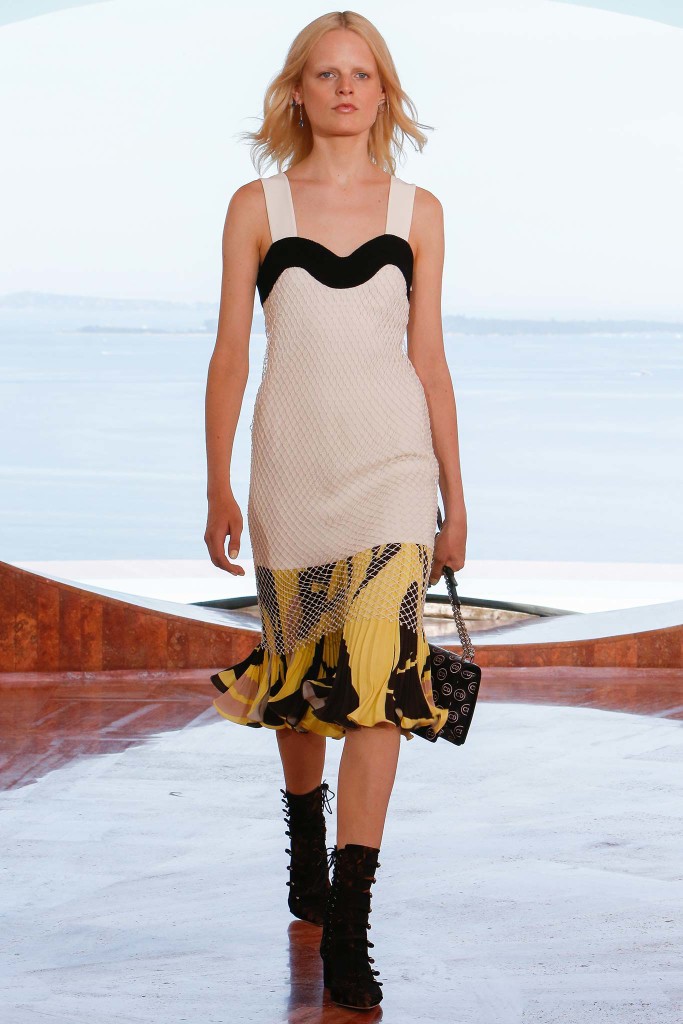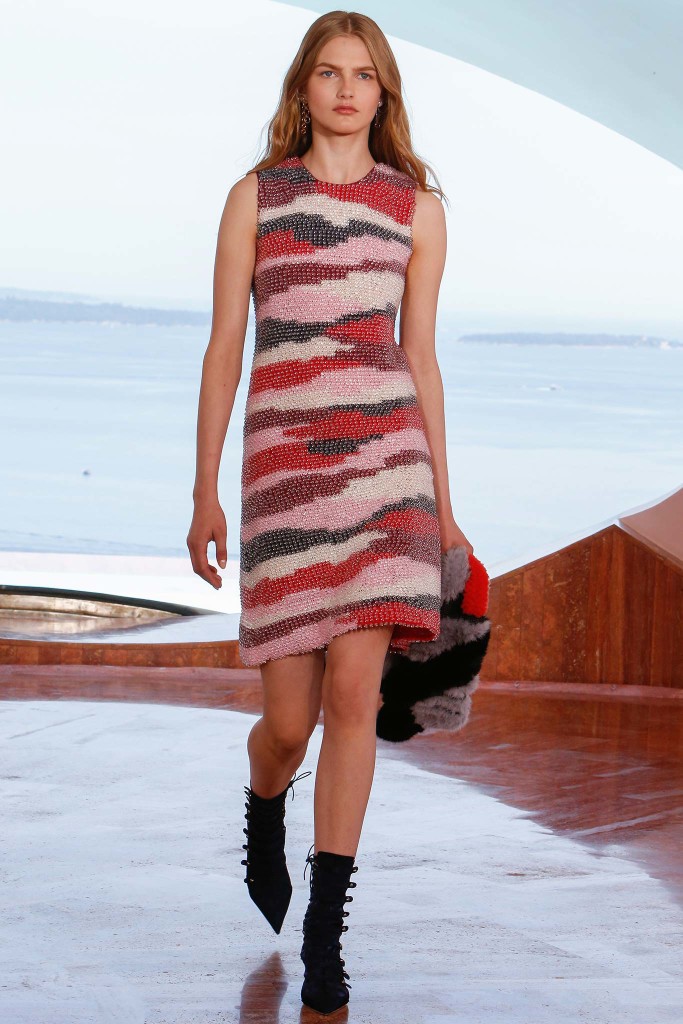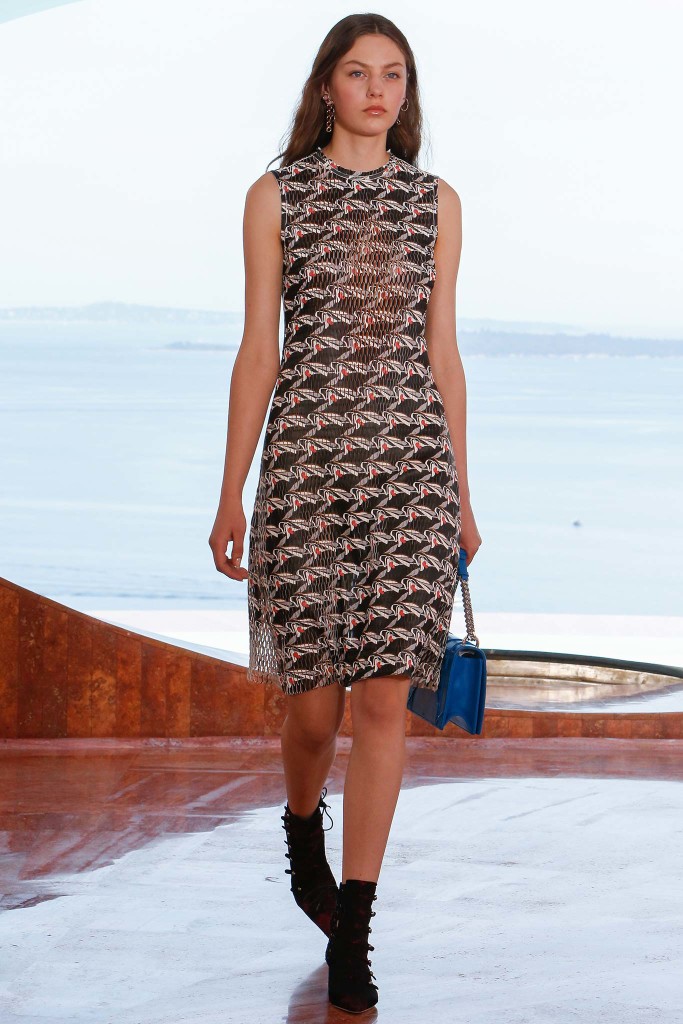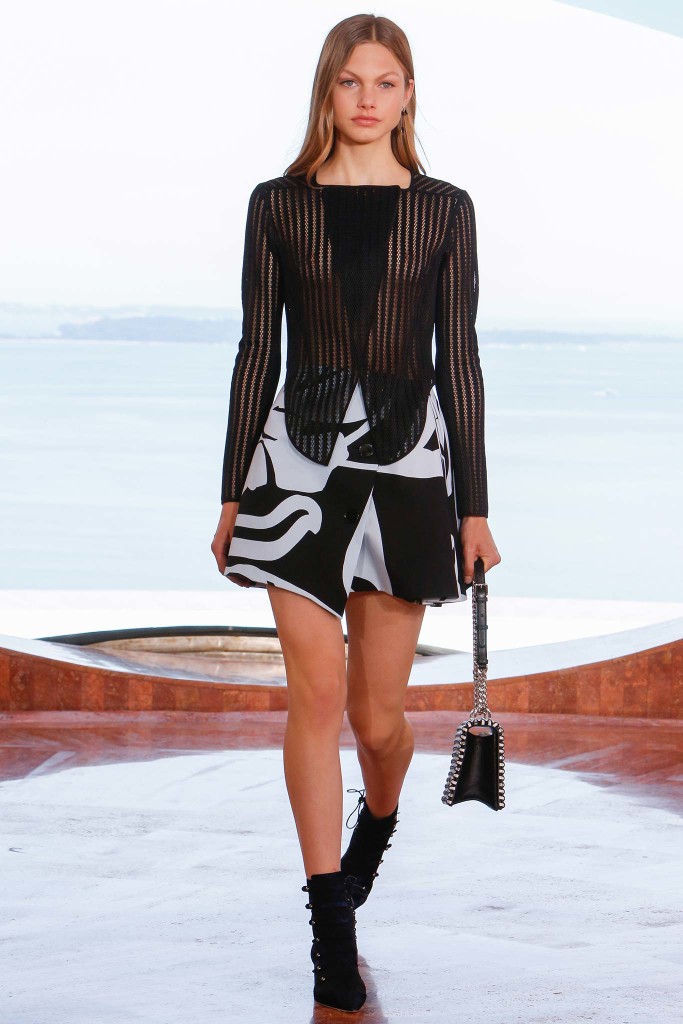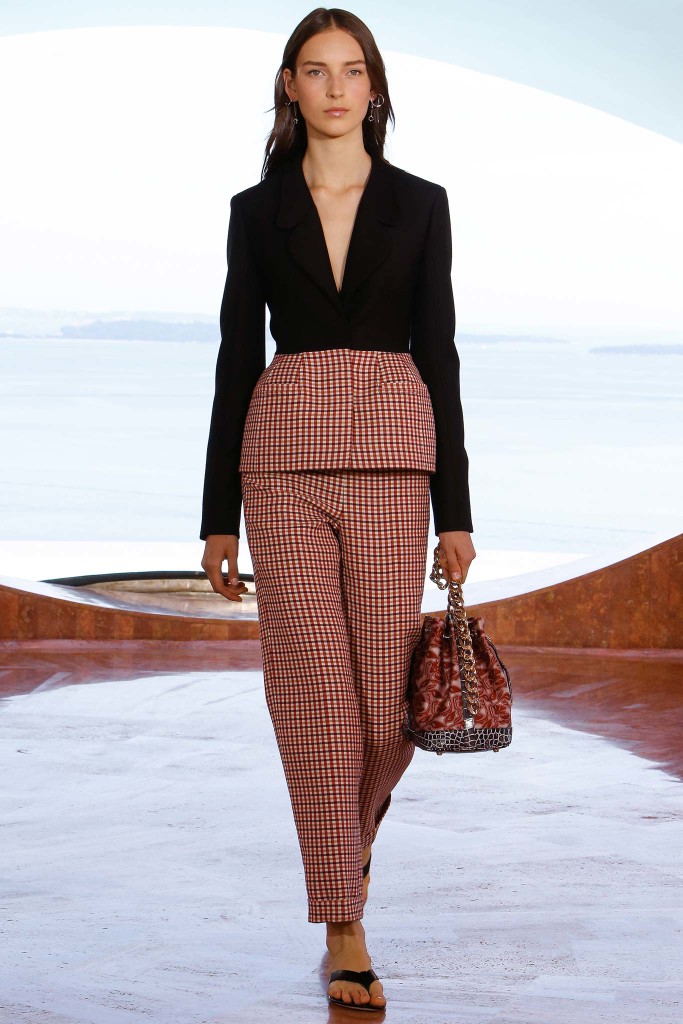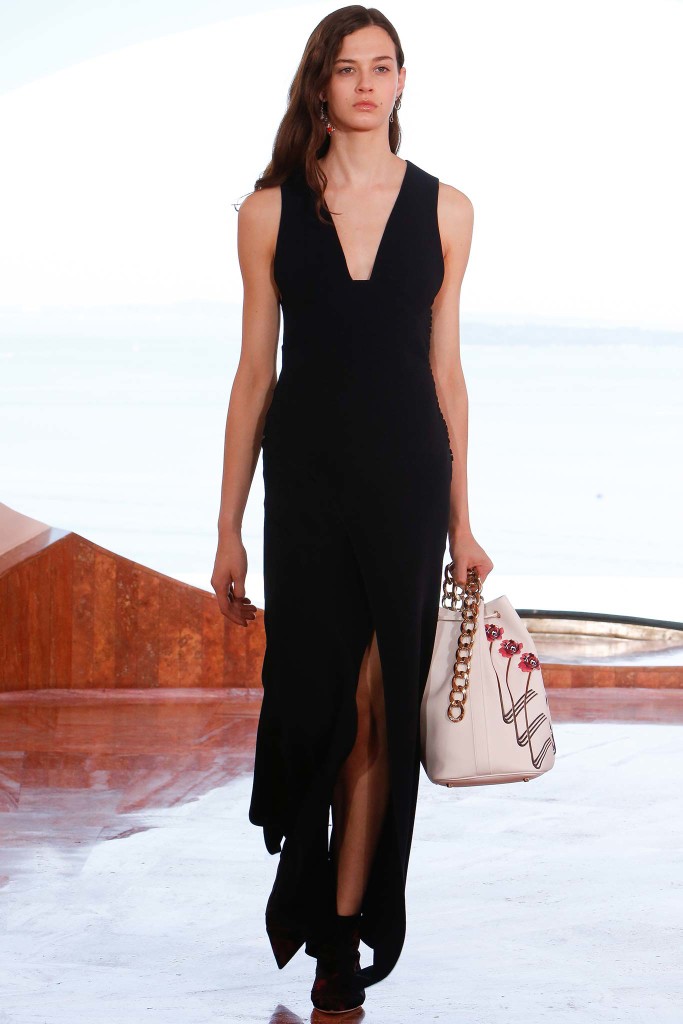Since the presentation of resort collections first catapulted into the mainstream fashion system a little over 10 years ago, they have evolved into becoming something of an arms race with brands fiercely competing on who can stage the grandest fashion spectacle in ideally the most exotic location. Therefore, it came as a surprise when it was announced that the most influential french maisons - including Chanel, Dior, and Louis Vuitton- chose to keep their presentations local. Was keeping local in France a natural response to global uncertainty? Or perhaps a clear signal of confidence in President Emmanuel Macron and the direction he is leading France?
Last October Macron threw a celebratory reception for French fashion designers at the Elysée Palace declaring his own support for the industry which may have inspired the decision.Even Gucci, the Italian powerhouse, chose to present in the Southern French town of Arles, staging a haunting spectacleupon an Ancient Roman burial ground. Its confidence in France was underlined by the decision to uproot from Milan and present its Spring 2019 collection instead in Paris this coming September. Although not straying afar geographically, the shows were still presented in extravagant measure: Chanel at the Parisian Grand Palais which featured a massive 300 foot ocean liner named La Pausa, Louis Vuitton at the Fondation Maeght in St. Paul-de-Venceat, Dior at the hippodrome of Chantilly. By all means, these experiences were not quaint, but they did lend a sense of authenticity rooted in their own tradition.
This tradition was best when combined with other cultural influences such as Maria Grazia Chiuri for Dior drawing upon Latin American heritage. Kicking off the Dior presentation, was a fearless team of eight Mexican escaramuzas riding sidesaddle on horseback in lightening speed, weaving in and out throughout the entirety of the venue - the pulse of the audience escalating along with the accompanying rock music. What was to follow was a cautious yet beautiful collection based on fine equestrian tradition from both Latin American and European roots. The fusion of natural cotton lace, unassuming frills, and delicate embroidery lent an overall earthy and folkloric aesthetic. For me, the show-stopping element of the collection was featured primarily on dresses; the heavy use of toile de Jouy - a favourite of Chiuri - featuring tigers and bears, giraffes and monkeys and a plethora of other creatures invited to a magical jungle scene. Dior typically represents dresses to dream about, but when worn with rubber combat boots to stomp though the mud, they become very grounded. Tempting earthly delights.
Although some argue that the trend is dead, various themes emerged, supporting preceding collections of Spring and Autumn 2018. Firstly, there continues to be the shift towards gender fluidity, most explicitly championed by Alessandro Michele for Gucci. Here, English checked tweeds, heavy velvets, flamboyant pattern, flared groovy pantsuits, and glitzy retro based accessories suited everyone in equal measure. Secondly, fashion’s love affair with the 1980’s continues where for Louis Vuitton, Nicholas Ghesquière offered oversized silhouettes, a tangy mix of artificial colours, excessive pattern and a healthy dose of hand-painted acid-washed denim. He presented one of his best collections yet balancing architectural structure with the lightness of youthful spontaneity, exhibited for example in a cropped shirt dress slashed at the midriff in a provocative shade of punchy pink. The colour shares the same rebellious freshness as millennial pink, but rather than confused or idyllic it connotes assertion and confidence. Spotted on the major runways, the colour played a leading role in the Chanel collection which benefited from the lively hue.
The colour was also seen lighting up the Prada collection, which pulsed a strong minimalist undercurrent foreshadowing a return of less is more.Overall, resort collections continue to excel by quenching the consumer’s search for luxury experiences. At their worst, they capture marketing at its finest, at best, they bring a brand to life, transcending material boundaries to something more lasting and poetic. Trends have blended together and so have the seasons, with Pre-Fall collections now designed for a range of climates and the everyday, opposed to only catering for that sun-soaked “resort” holiday as they were originally intended. Now there are additional capsule collections such as Chanel’s newly launched Coco Beach and Coco Neige, filling the gap for specific performance and occasion wear. And so it goes, each year seeing more collections, more product.Is it escalating our desire or dilutingoverall meaning?

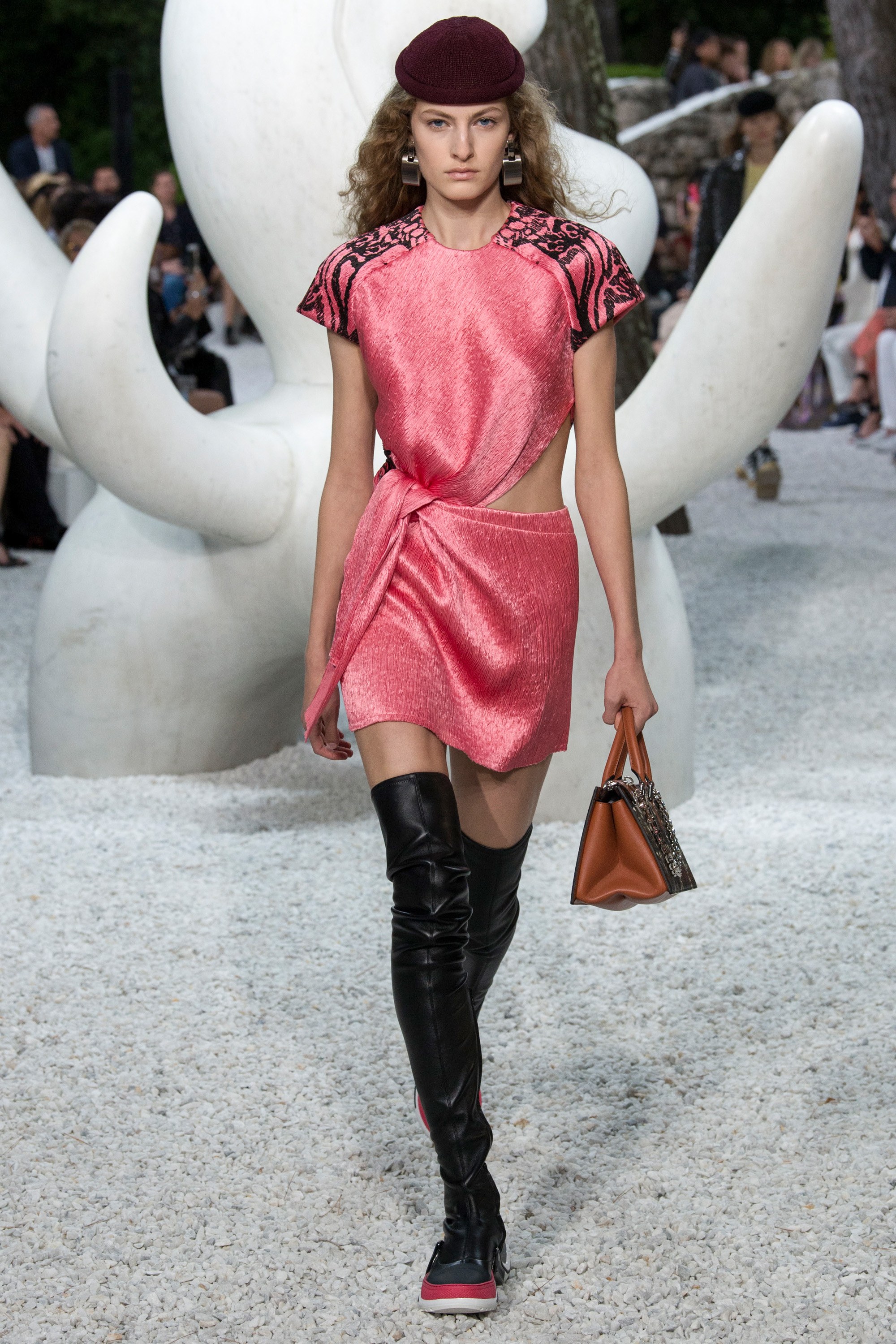

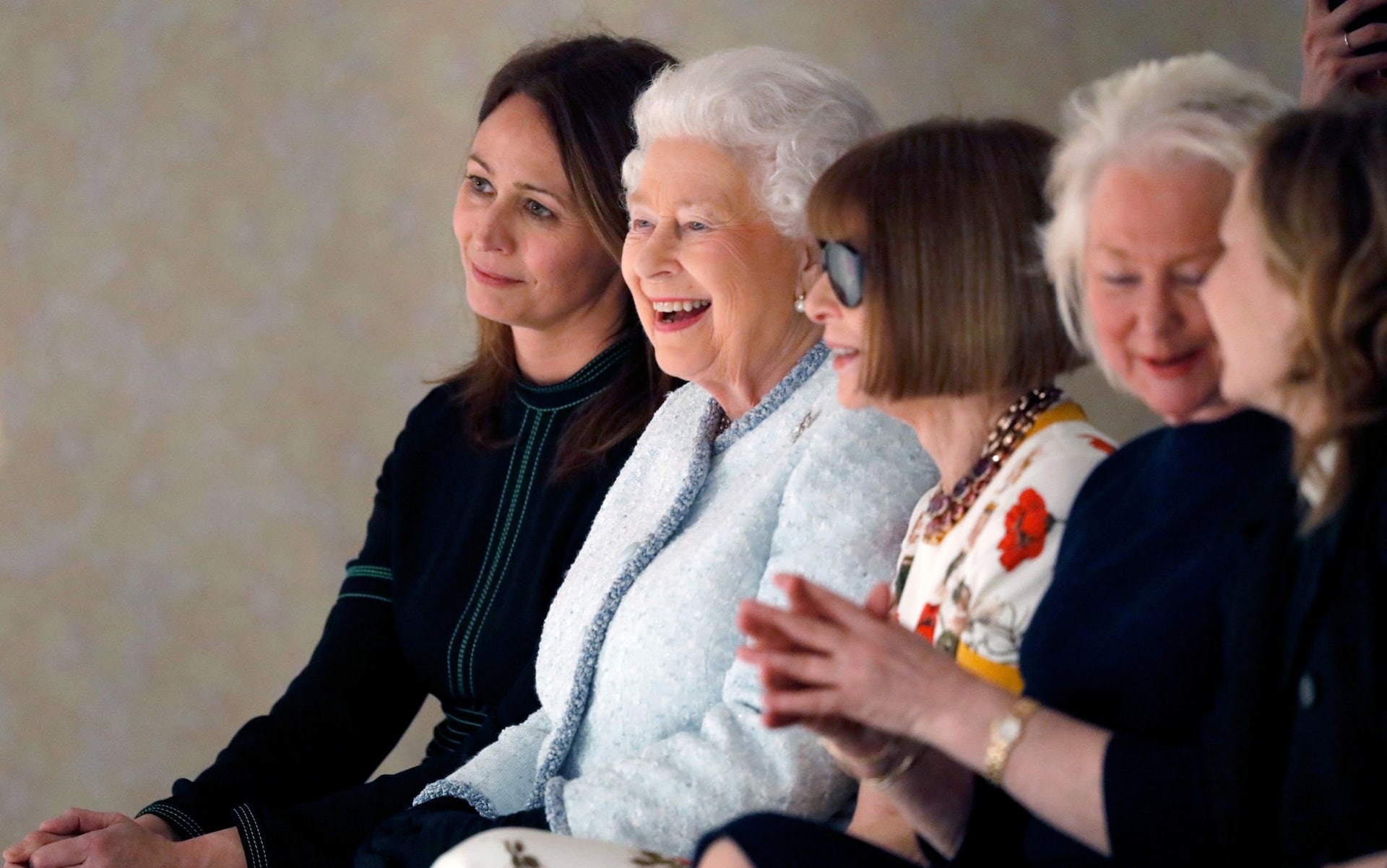
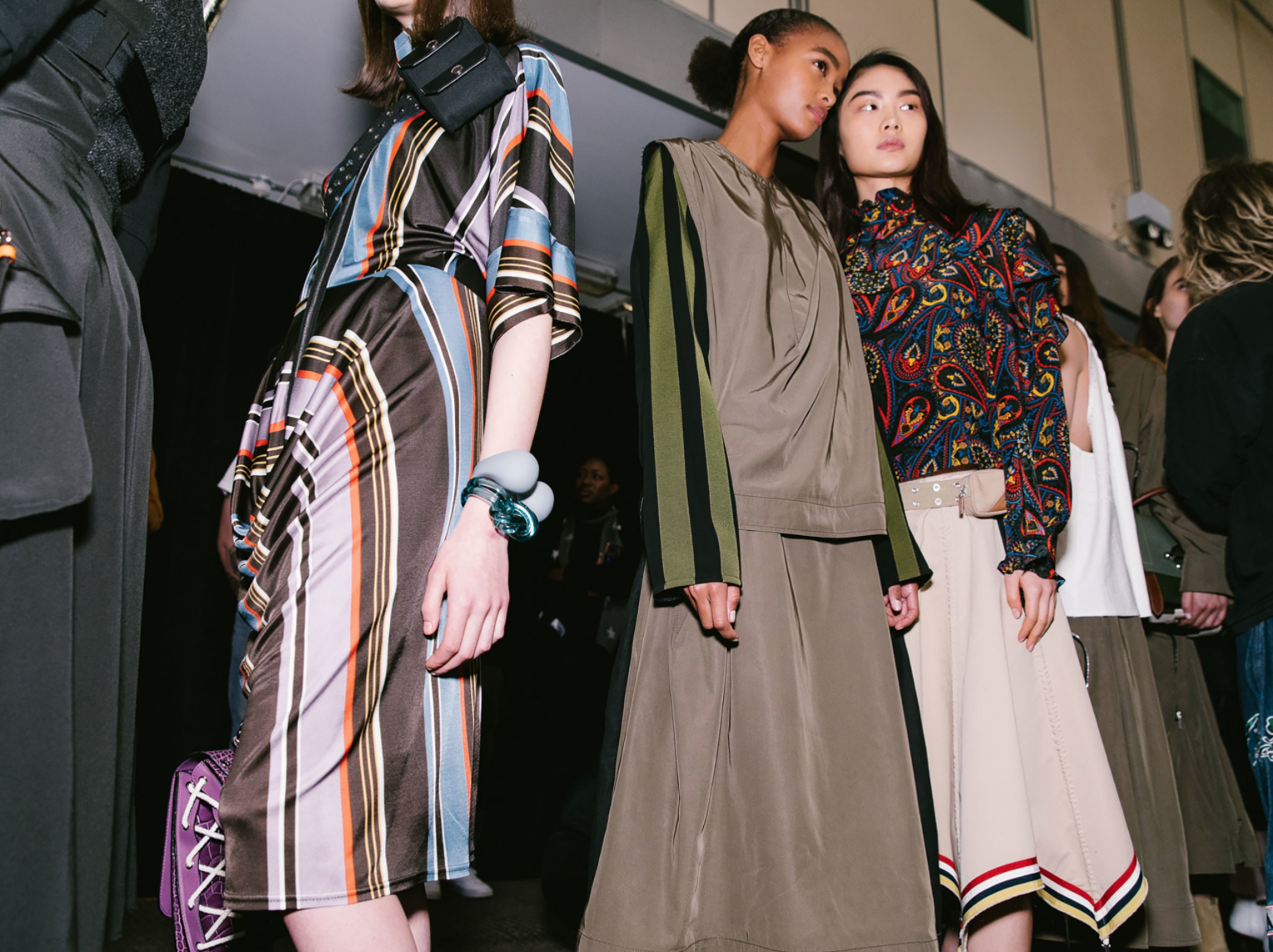
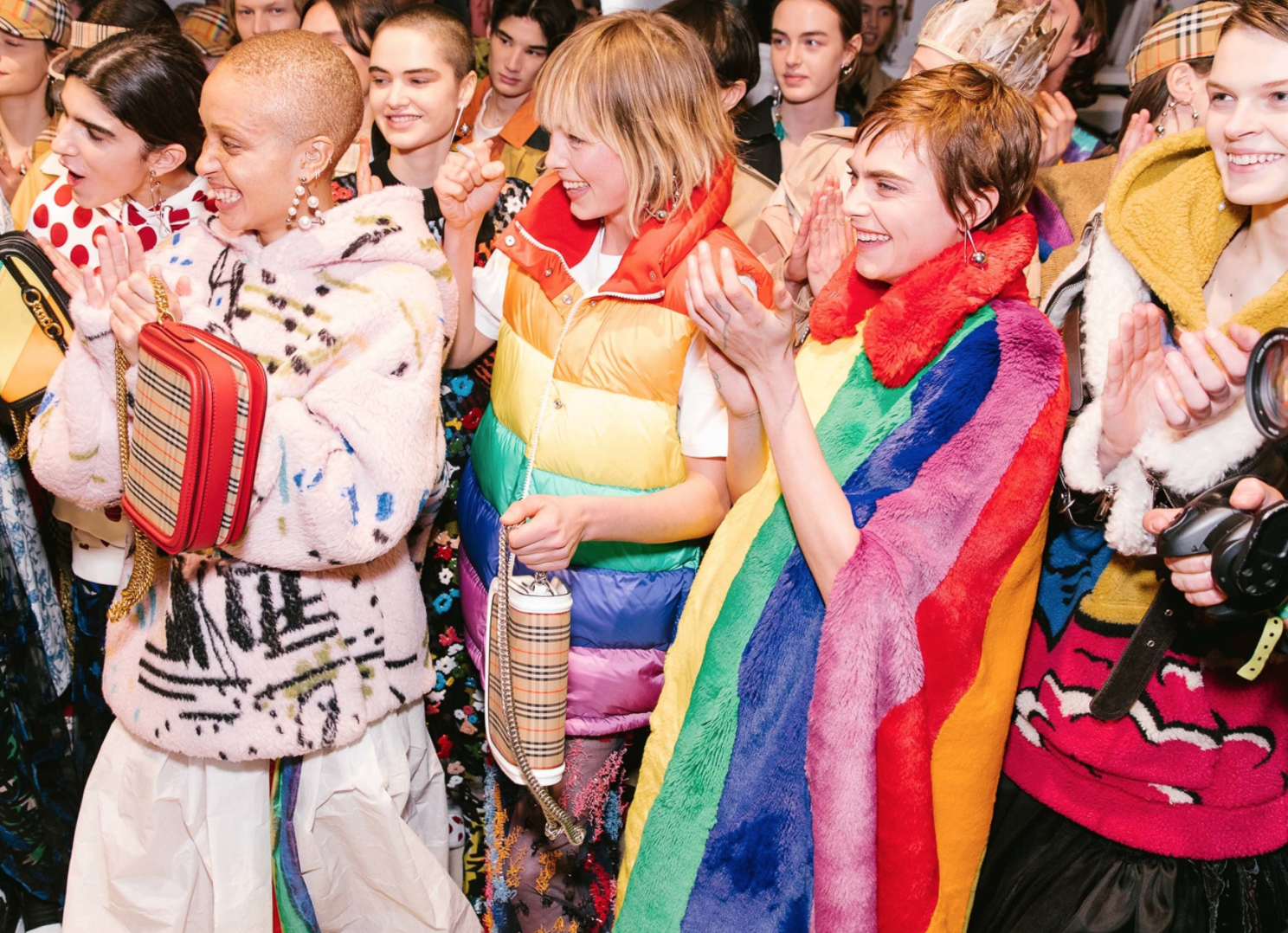
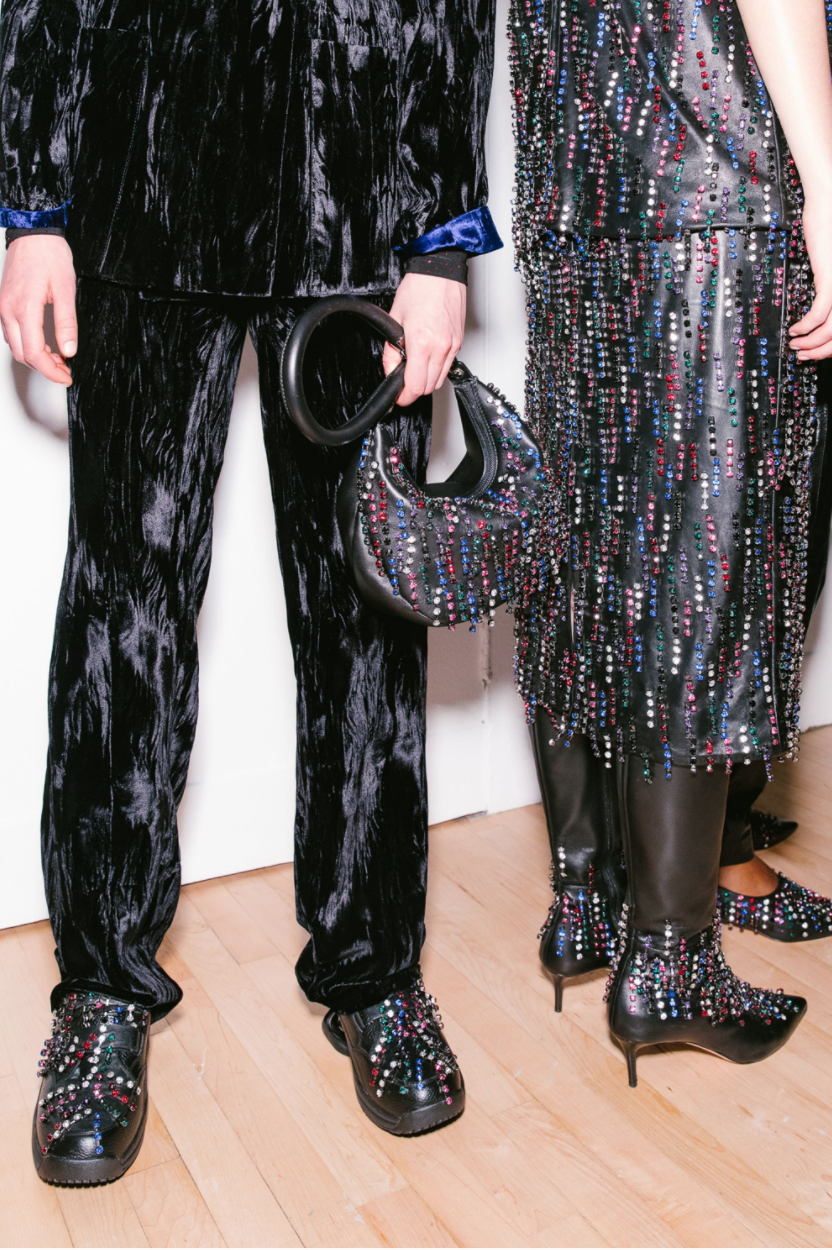
 After 40 years after first breaking into (and disrupting) the fashion scene, British design legend and activist Katharine Hamnett has returned. And in full force at that, with no punches drawn or hidden. The relaunch of her independent namesake brand comes into light at a moment of peak relevance capturing the l’air du temps of, especially youth movements who are angry at the development of current events. Catapulted to fame through her bold political t-shirts in the 1980’s, she is back to make a statement; to share her message in motivating action. With for example the house of Paul Poiret relaunching next month at Paris fashion week and Hamnett’s iconic pieces now available for sale, it is interesting to note the current revival of influential brands who made fashion history to be introduced and enjoyed by a new generation.
After 40 years after first breaking into (and disrupting) the fashion scene, British design legend and activist Katharine Hamnett has returned. And in full force at that, with no punches drawn or hidden. The relaunch of her independent namesake brand comes into light at a moment of peak relevance capturing the l’air du temps of, especially youth movements who are angry at the development of current events. Catapulted to fame through her bold political t-shirts in the 1980’s, she is back to make a statement; to share her message in motivating action. With for example the house of Paul Poiret relaunching next month at Paris fashion week and Hamnett’s iconic pieces now available for sale, it is interesting to note the current revival of influential brands who made fashion history to be introduced and enjoyed by a new generation.
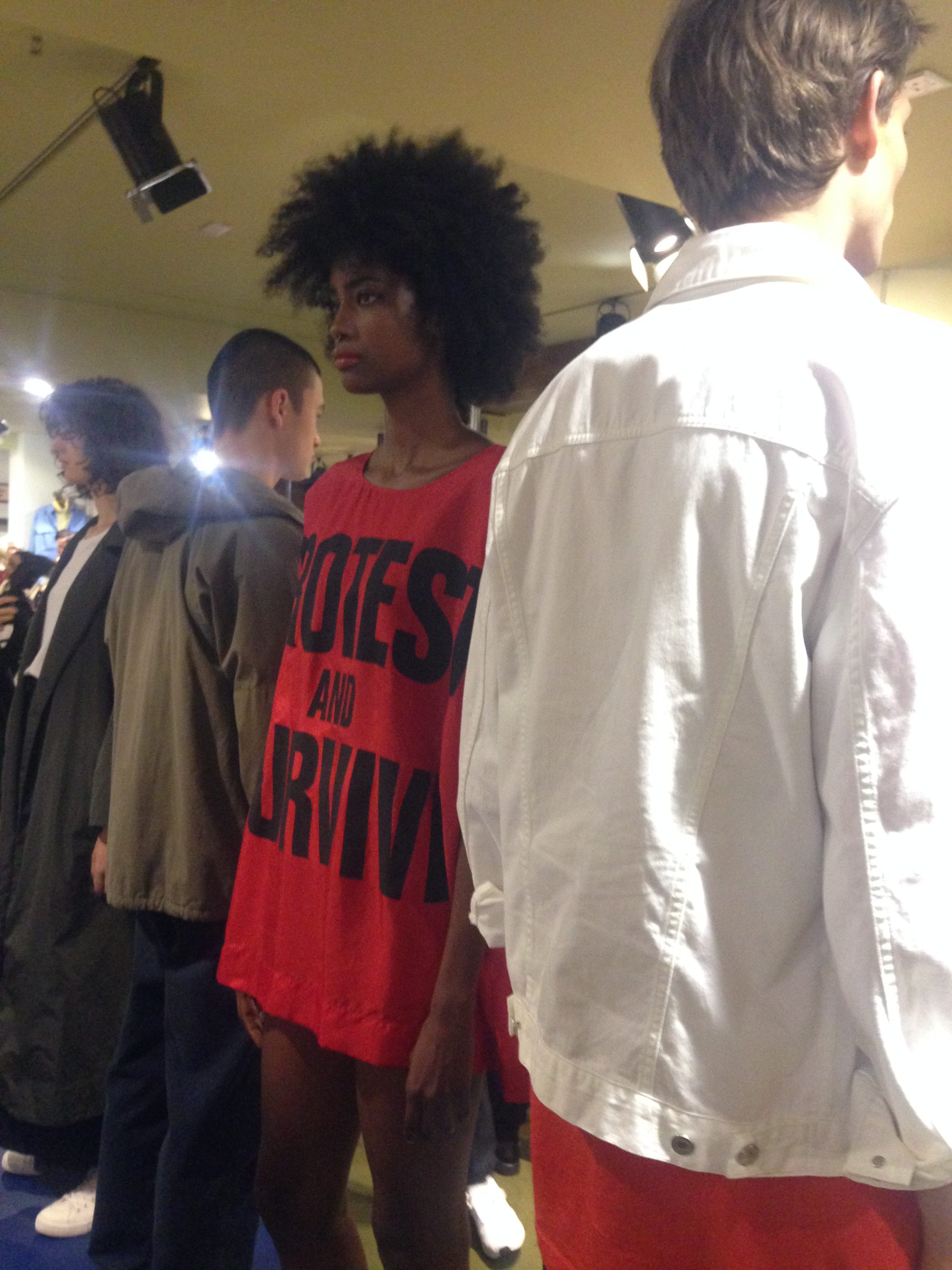
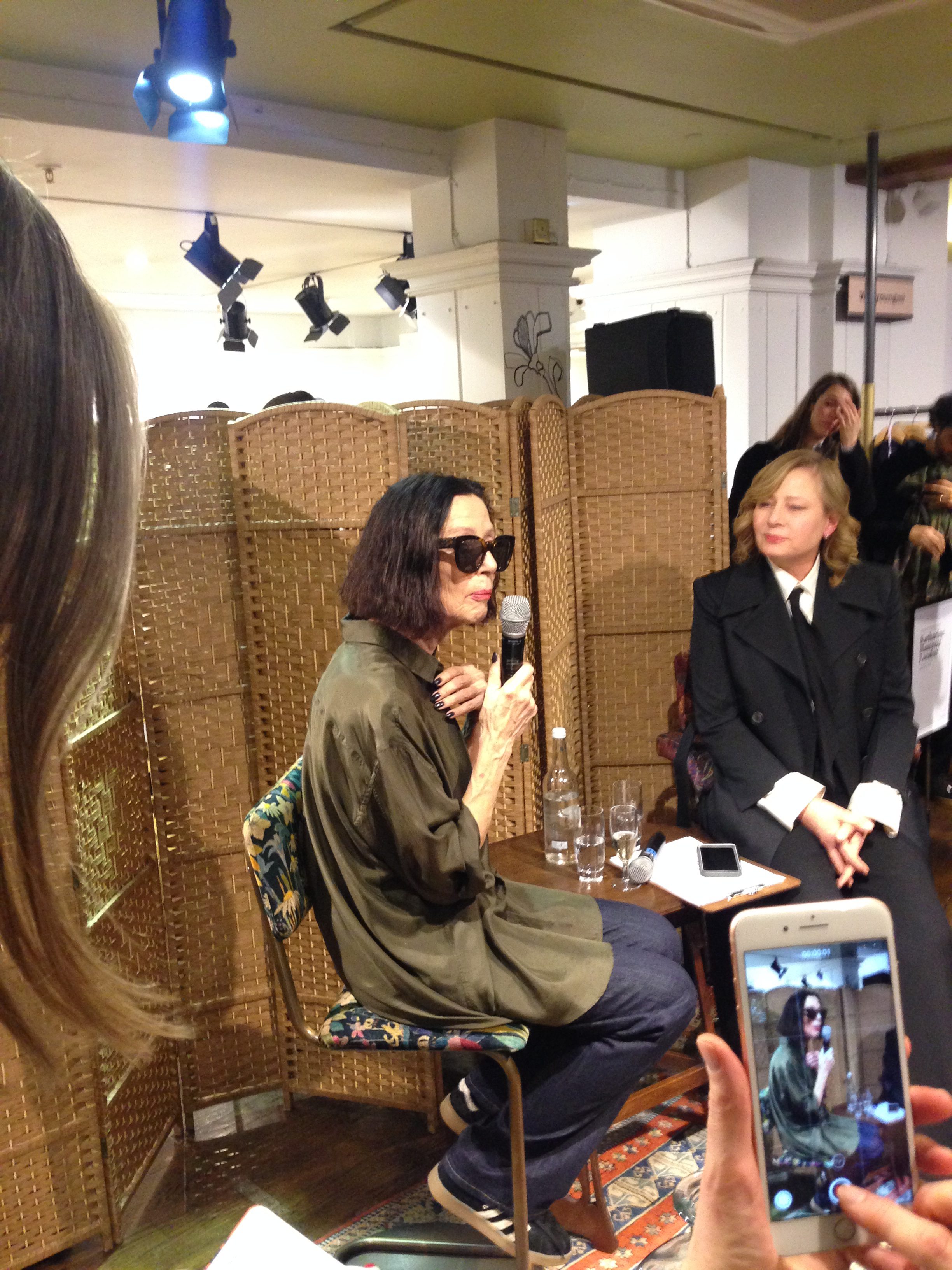
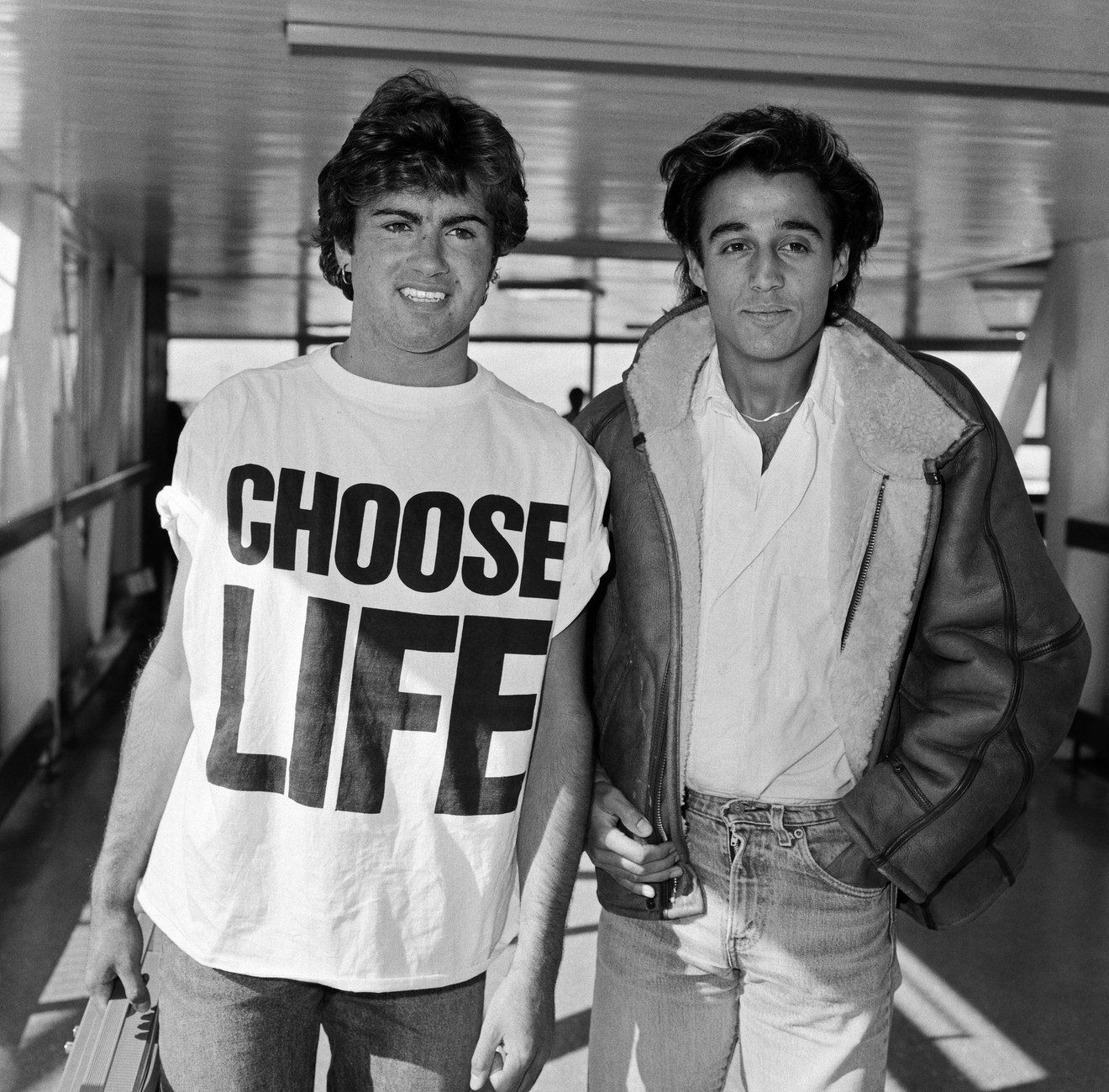
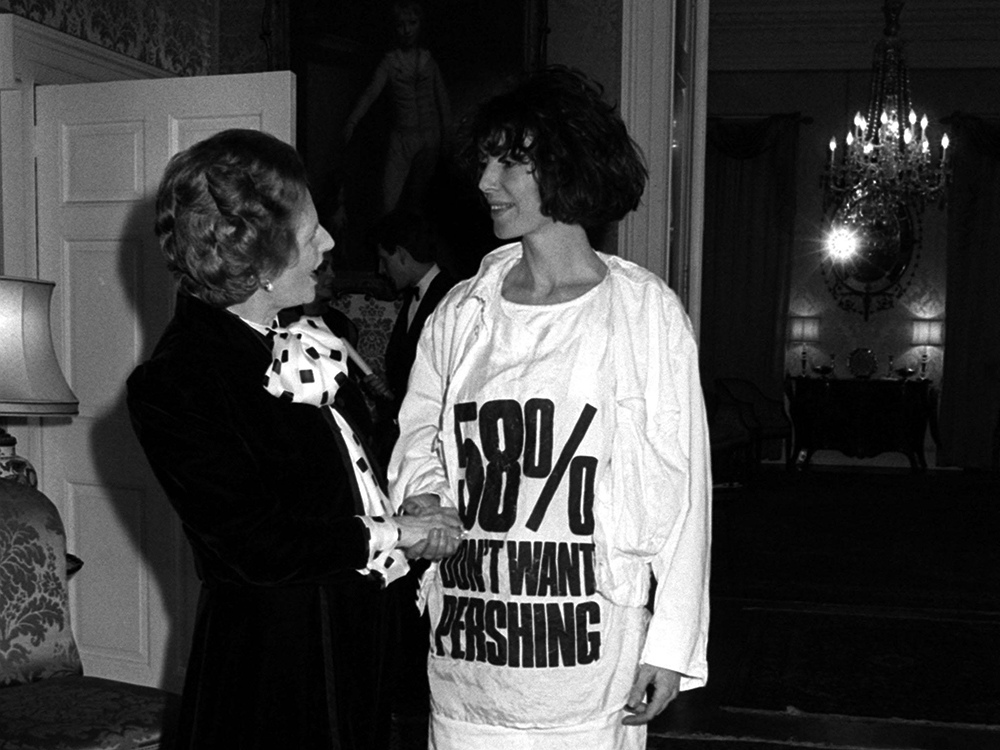
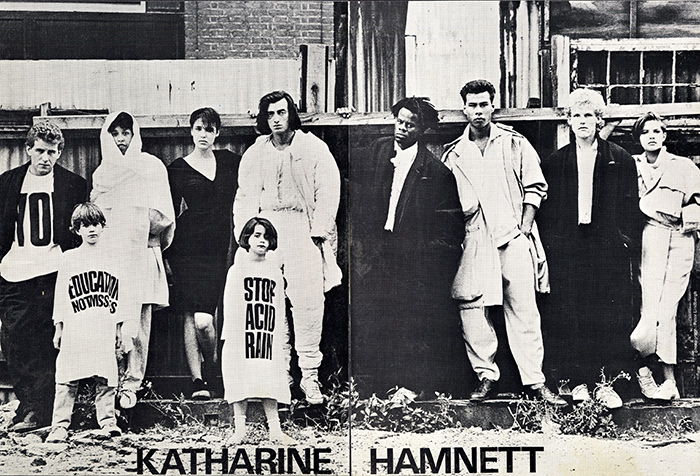 I have tremendous respect for Katharine Hamnett as she does not just talk the talk… She is fearless, elegant, confident and incredibly talented. She makes people listen (even from 100 meters away thanks to her t-shirts) and always strives in pushing the narrative forward. It was a pleasure to speak to a role model. To someone using fashion to generate action in a time where many think it is enough to complain and passively “like” a photo instead of going out and doing something about it.
I have tremendous respect for Katharine Hamnett as she does not just talk the talk… She is fearless, elegant, confident and incredibly talented. She makes people listen (even from 100 meters away thanks to her t-shirts) and always strives in pushing the narrative forward. It was a pleasure to speak to a role model. To someone using fashion to generate action in a time where many think it is enough to complain and passively “like” a photo instead of going out and doing something about it.